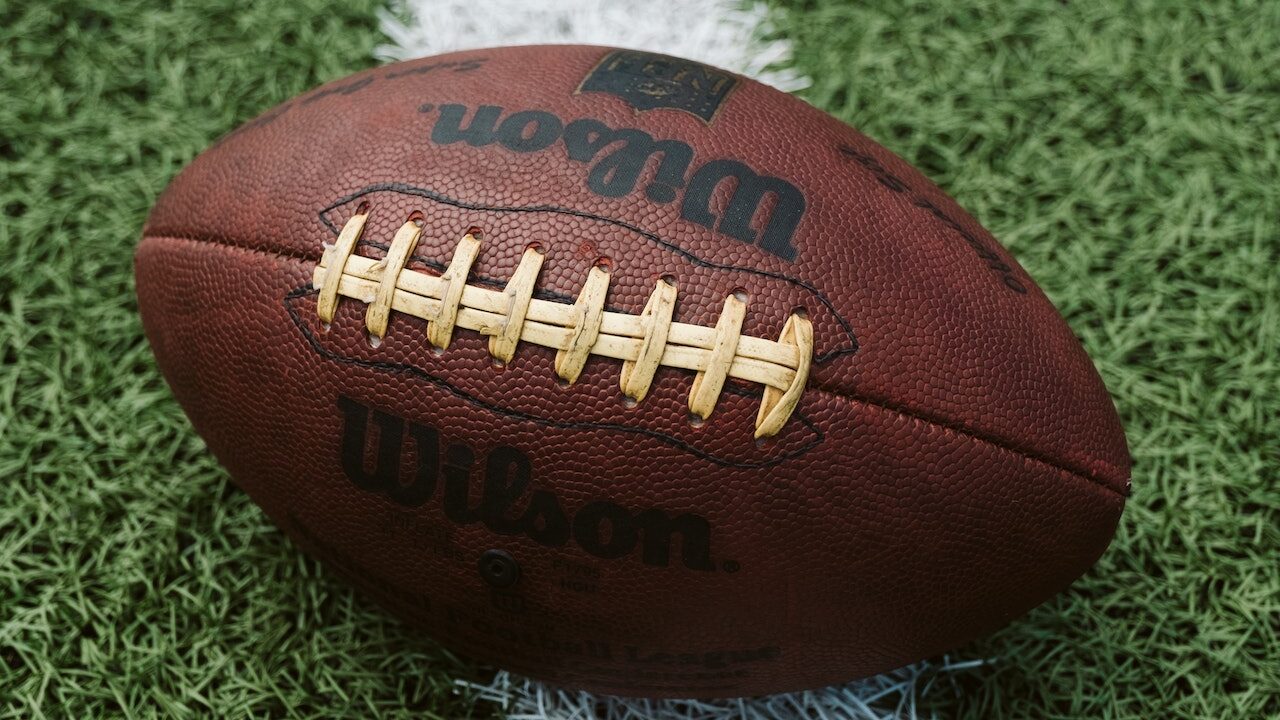It was the spring semester of 2011 — the end of my first year in a full-time but non-tenure-line faculty appointment at the University of Minnesota, Twin Cities. It was 8:00 a.m., and I was walking into my first of two two-hour classes for that day. We were in week eleven of a 15-week semester, and, although the Minnesota winter was finally breaking and the sun shone brightly that morning, neither myself nor any of my forty-odd students wanted to be in class so early. On this particular day, for whatever reason, I couldn’t contain my exhaustion and began class by letting out an audible sigh. Everyone in the room burst into knowing laughter — none more heartily than the two University of Minnesota football “student-athletes” sitting in the front row.
We proceeded to abandon the first twenty minutes of my lesson plan to talk about our collective exhaustion and its roots. I heard from two students in the biological sciences who were stressed about upcoming finals; a young Somali woman from Minneapolis who had to do her school work, hold down a job, and watch her younger siblings while her parents worked; and the two football players who talked about the demands of juggling college athletics and academics. That morning, for instance, they had woken up at 5:45 a.m. so they could lift weights and eat breakfast before my 8:00 a.m. class. This was their off season. In the fall, nearly every hour of their days would be scheduled by a university that paid them nothing but used their bodies to generate enormous amounts of revenue for the institution.
The moment was cathartic for all of us — a group therapy session of sorts that got us thinking about how the neoliberal university exploits us all. However, it was on that day, with those two football players, that I really began thinking about the particular commonalities between football “student-athletes” and contingent faculty like myself. Namely, the labor of football student-athletes and the labor of contingent faculty are arguably the two most profitable regimes within neoliberal academic institutions. As a former labor organizer in academia, I became convinced that this commonality could serve as a base of power if these two pools of workers could somehow unite.
Natural Allies
I received my PhD in History from the University of Minnesota in 2008, at the onset of the Great Recession. I spent the next few years bouncing around between single-course adjunct positions, small fellowships, and unemployment. Then, in the fall of 2010, I landed a full-time position as a “Teaching Specialist” in the College of Education and Human Development (CEHD) within a clunkily-titled department named the Department of Postsecondary Teaching and Learning (PSTL). During its eight years of existence, PSTL primarily offered introductory classes from every academic discipline under the sun. Students could somehow, through this department, take introductory classes in courses as diverse as biology, history, public speaking, sociology, and on and on and on.
What PSTL also did was generate enormous amounts of undergraduate tuition revenue on the backs of contingent workers like myself. In the first year that I was employed as a Teaching Specialist, I made roughly $38,000 to teach 24 credit hours and about 350 students. Even including my benefits and other expenses associated with my job, I generated over $200,000 for the college in that one year alone.
Likewise, football student-athletes generate an enormous windfall for their institutions without receiving any wages for their labor. University athletics budgets, in particular, are heavily reliant upon football to sustain their operations. The current COVID-19 pandemic has even further highlighted this fact as football games are cancelled and/or limited in attendance. These ticket sales, combined with media rights to televise games, make up a massive portion of the overall athletics budget. A recent report highlights the fact that “without ticket sales and media rights from football,” the Athletics department at Minnesota faces “a $75 million hit from a $130 million annual budget.”
Student-athletes receive scholarships, but their athletic responsibilities are often so demanding that they do not have access to the full range of academic opportunities available to other students. Instead, these revenue-generating football student-athletes often only have access to institutional academic carve-outs lacking in rigor or value. Think of these carve-outs as a “Lower U,” where credentials of low value are handed out as payment for services rendered.
For four years, I worked in a department that specialized in handing out these credentials. After the closure of my first department, PSTL, I was transferred in 2016 to another department in CEHD with its own clunky title — The Department of Organizational Leadership, Policy and Development (OLPD). The department, while it has many graduate programs, generates the bulk of its revenue from two “Lower U” undergraduate programs. Student-athletes were very often tracked into these two majors — Human Resource Development (HRD) and Business and Marketing Education (BME) — by advisers in athletics who had come to understand them as easy degrees with lax requirements.
From the self-interested perspective of coaches, advisers, and administrators in athletics, tracking students into these “Lower U” majors makes perfect sense. Student-athletes stay NCAA-eligible and coaches, in particular, reap huge bonuses, and headlines, from inflated GPAs. For colleges like CEHD, the revenue is too tempting to pass up. As a result, the number of these “Lower U” majors continues to balloon, with courses staffed almost entirely by overworked contingent faculty like myself. The massive amounts of revenue generated by these majors is then redistributed upward to administrators and tenured faculty, both of whom rarely come into contact with undergraduate students inside or outside the classroom.
Organizing Takeaways and Strategies
For several years, I thought that faculty could make reforms to ameliorate the worst aspects of student-athlete exploitation. In particular, I thought it might be possible to make some of the “Lower U” majors more real and to focus more heavily on gainful employment for football student-athletes after graduation (only 1.6 percent of Division I college football athletes go on to play professionally in the NFL).
However, I have come to believe that a reformist organizational strategy within individual institutions is simply not viable. The financial incentives to keep the current system in place are too difficult to overcome from the inside. The systemic problems within college football require innovative, system-wide solutions. While a college football players union would be the best way to enact such a change, this endeavor has run into problems in the past. Much more likely to succeed is a more informal College Football Players Association (CFPA), which players have begun agitating for.
Such an institution need not align with the concerns of contingent faculty members, but I do believe that the alliance is likely to be a natural one, given that it is largely contingent faculty who teach these players at nearly all Division I institutions. A CFPA could draw institutional strength and support from contingent faculty members, particularly at schools where these faculty members have union representation. Players, even if they couldn’t agree on the contentious issue of whether they should be paid to play, could easily agitate for benefits like true access to majors of their choosing. Football players, who have among the highest profiles on campus, could then, in turn, use their new organization to advocate for the concerns of those who teach them, whatever their major. Such a virtuous circle is, I believe, the only way the various entrenched neoliberal economic forces on campus could possibly be challenged. Should a CFPA become a reality, I also believe that other organized workers at the university would start seeing student-athletes as a central force for organizing on campus — rather than workers to be left on the sidelines.

